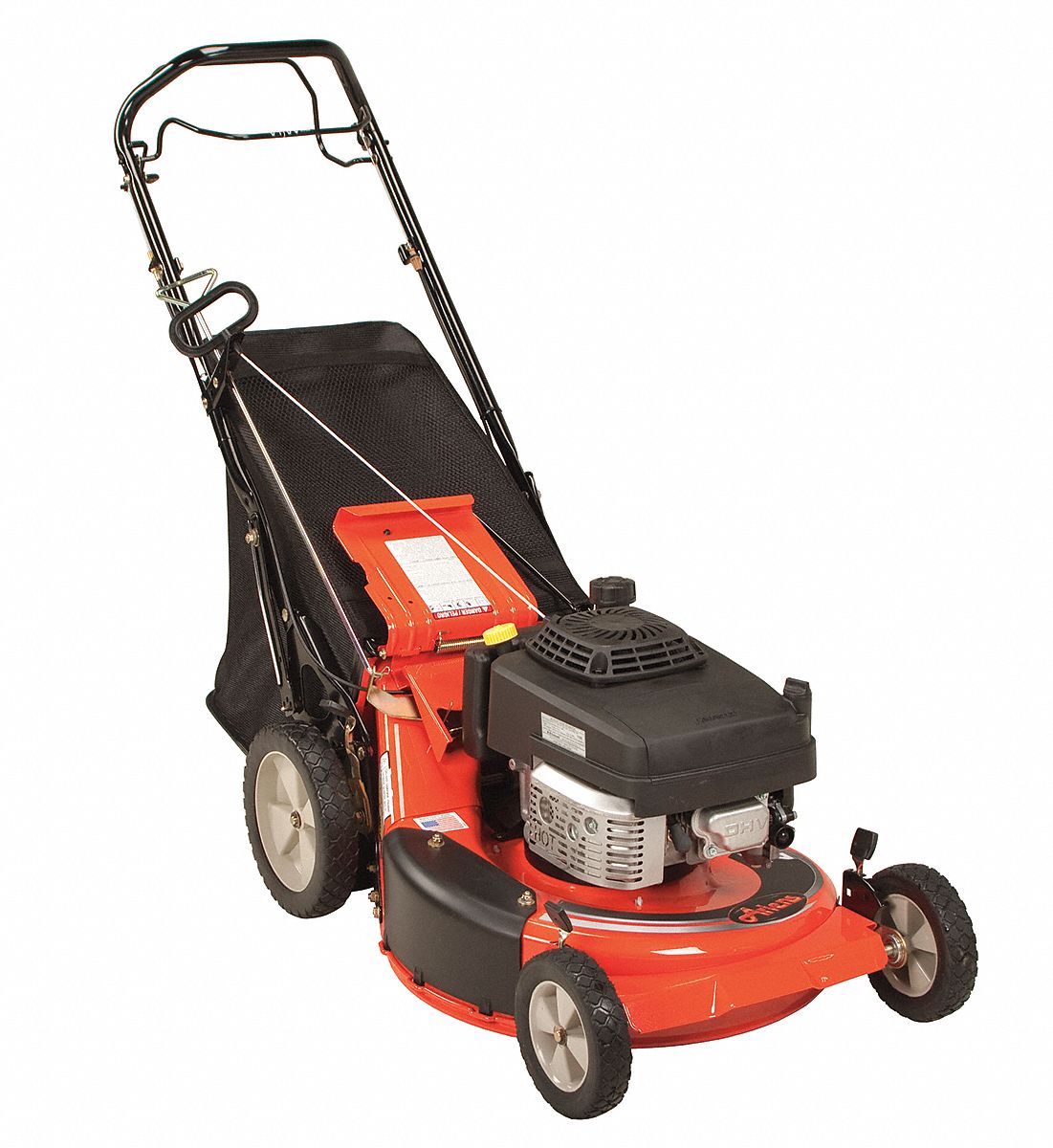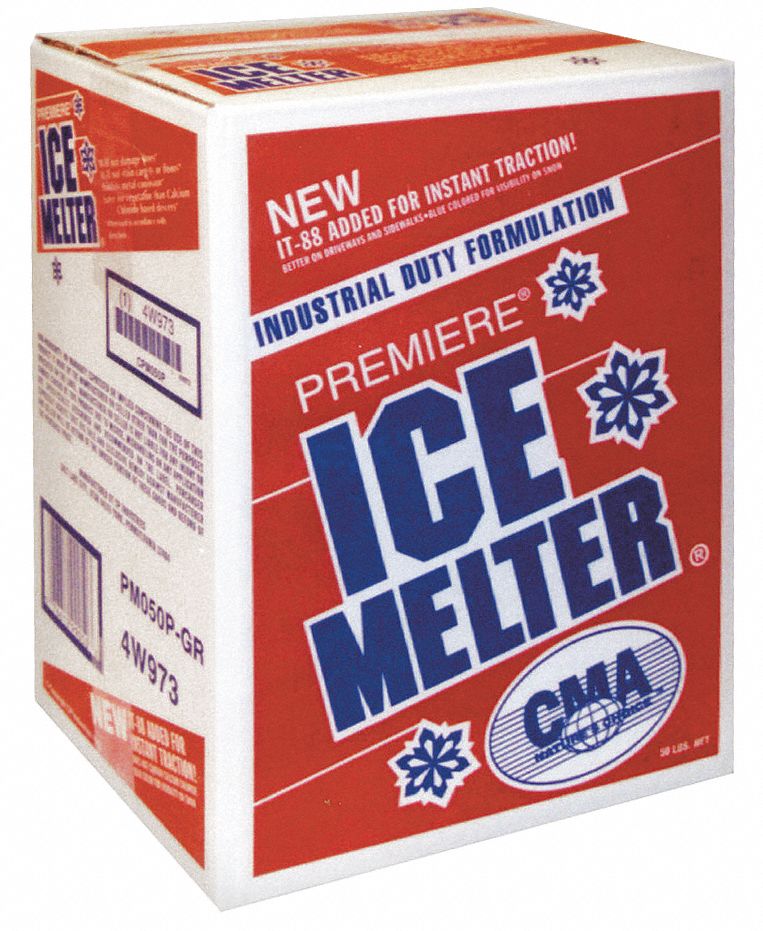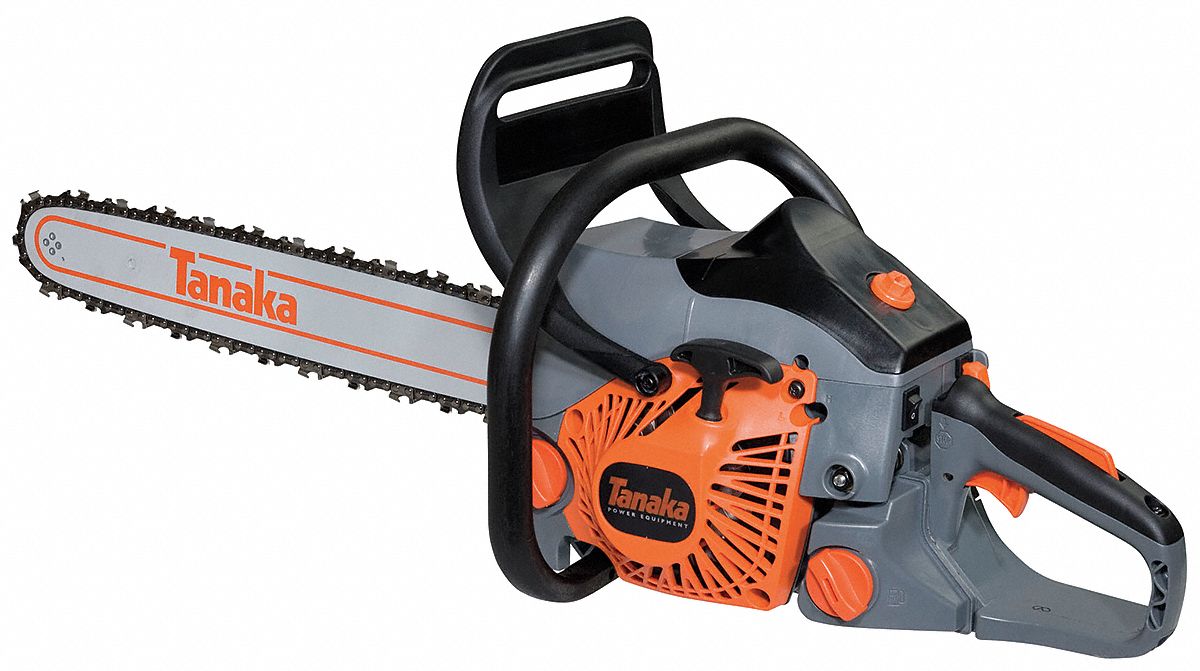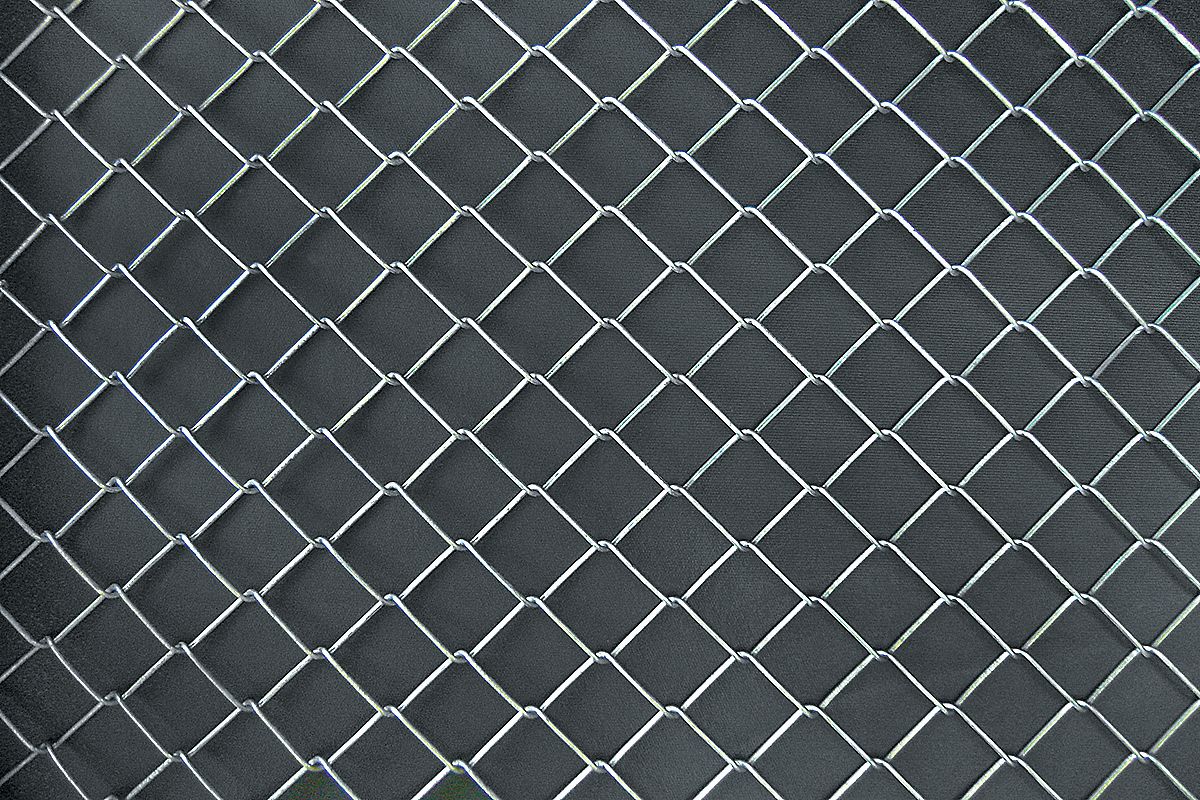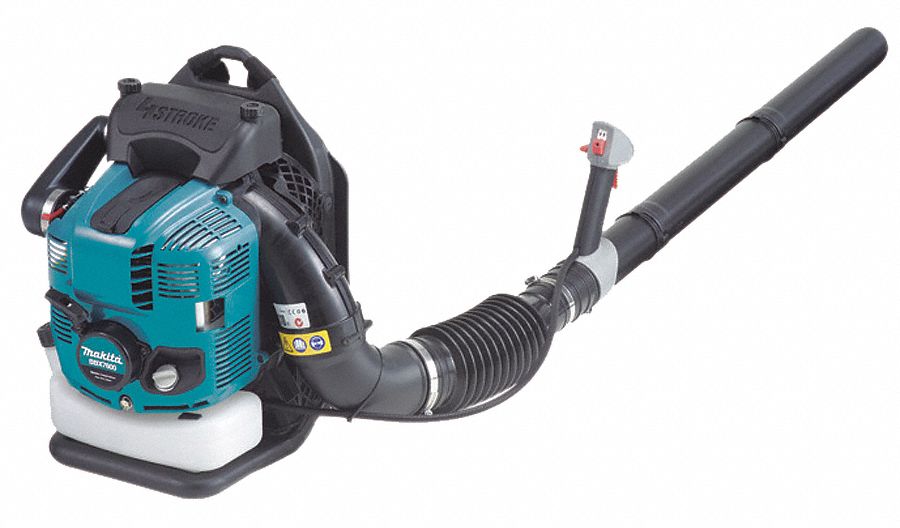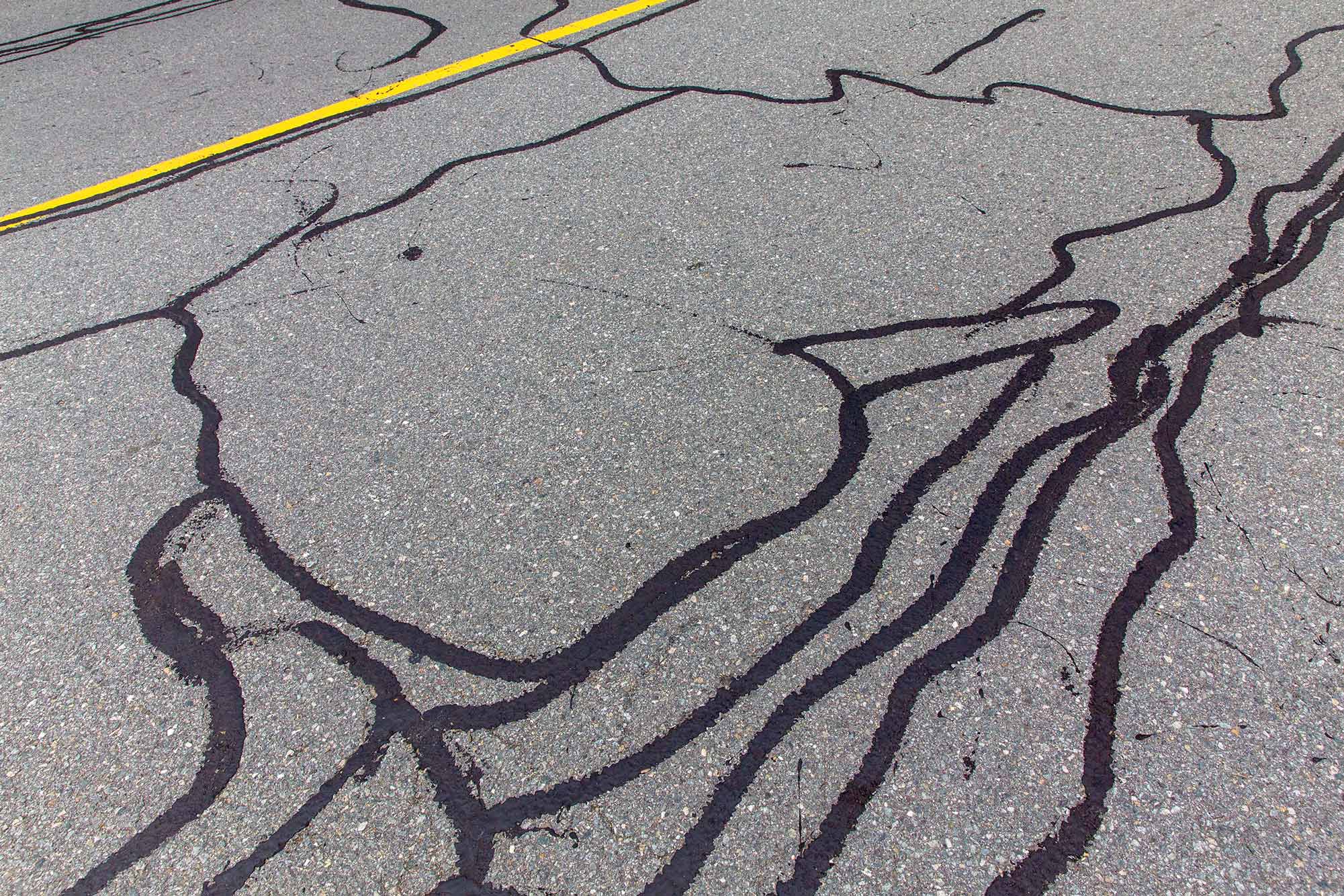

The Many Benefits of Regular Parking Lot Maintenance
By Grainger Editorial Staff 1/13/20


When it comes to maintenance programs, parking lots may be easy to overlook. But maintaining your parking lot is an important way to create a positive first impression for visitors and, when properly maintained, has the potential to reduce a facility's financial liabilities. The National Safety Council reports that parking lot pitfalls like potholes or cracks can result in slips, trips, and falls — a leading cause of death in older adults.
Below are a few of the benefits of a parking lot maintenance program and tips for everyday maintenance.
Maintenance Cost Savings
According to Parking Today, asphalt may be one of the most expensive assets to maintain, considering continuous exposure to elements such as rain, snow, ice and oil from cars in the lot. Rather than waiting for wear and tear to begin, your parking lot maintenance program should start at asphalt installation. Initial sealcoating within three to six months after pavement installation is the industry standard, according to commercial provider Castle Driveway. Follow-ups should happen every three to five years, with crack filling being an annual affair. Without these two elements of essential asphalt maintenance, a parking lot will inevitably yield a dry, gray surface with cracks and potholes accentuating the decay. Sealcoating products (emulsions of coal tar or asphalt, water and a fine aggregate like sand) can help protect pavement against water penetration, oxidation, and oil leaks, according to Consumer Reports. Parking Today recommends keeping an eye out for initial cracks in your pavement and then using sealcoating products as a less expensive preventive measure.
Parking lots that are sealcoated every three to five years and have cracks filled annually can last 30 years without replacement, according to DB Krieg Inc., an asphalt products and services company, compared to a 15-year lifespan for a lot without the proper maintenance.
Cracks in the pavement should be filled once they reach one-eighth of an inch in width, advises DB Krieg. Crack-filling products are typically a rubberized asphalt-emulsion material applied with a caulking gun, according to How Stuff Works. The filling process keeps cracks from growing and expanding, preventing additional cracks and potholes from forming, as well as the eventual failure of the pavement sub-base. Once that happens, according asphalt replacement is the only alternative.
Day-to-Day Maintenance
There are other daily maintenance steps for parking lots that building owners and facility managers should keep in mind. Here are a few of them:
Regular sweeping and cleaning removes debris, reveals areas where repairs are needed and prevents accumulated grime from causing cracks in the surface to appear. Strategic Grounds Management notes that keeping the surface smooth and clear of potholes is crucial for safety and appearance.
Ensuring proper drainage prevents cracking and weakening of pavement as a result of the destructive power of standing water, according to Aexcel Corp. That’s why checking the lot after heavy rainfall to ensure water is quickly running off is a good idea. The drainage factor is another reason to keep the parking lot clean.
Checking for oil stains will help prevent the asphalt from softening as a result of contact with oil. Once softening occurs, even a slight touch of rain, snow or abrasion may compromise the asphalt surface.
Regular check-ups may help you to increase the lifespan of the parking lot. Once a parking lot begins to crumble, repaving—which should be necessary only once in 30 years or so—is usually the only course of action available. A regular maintenance program can help you save money, ensure safety and create value.
Learn More
Mitigate the risks of maintaining aging facilities. Download the industry report: The State of Aging Buildings: Today’s Building Management Challenges.
![]()
The information contained in this article is intended for general information purposes only and is based on information available as of the initial date of publication. No representation is made that the information or references are complete or remain current. This article is not a substitute for review of current applicable government regulations, industry standards, or other standards specific to your business and/or activities and should not be construed as legal advice or opinion. Readers with specific questions should refer to the applicable standards or consult with an attorney.

